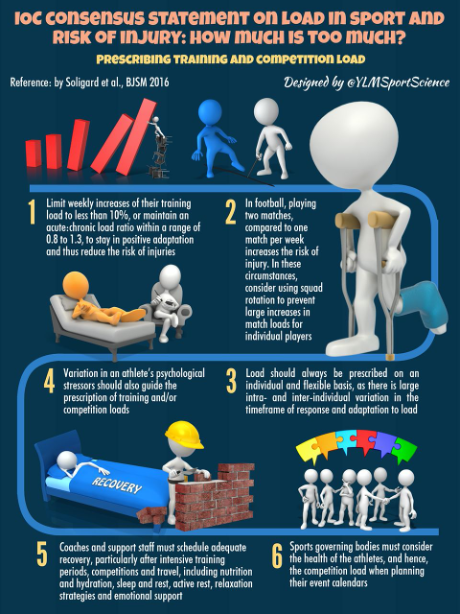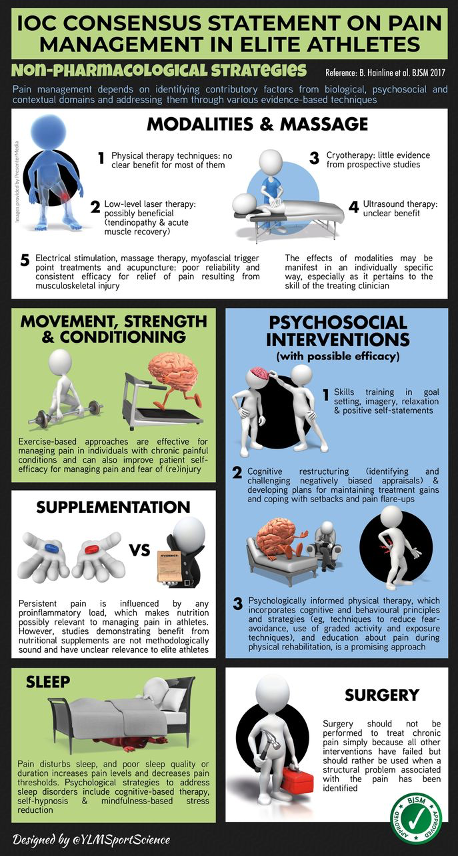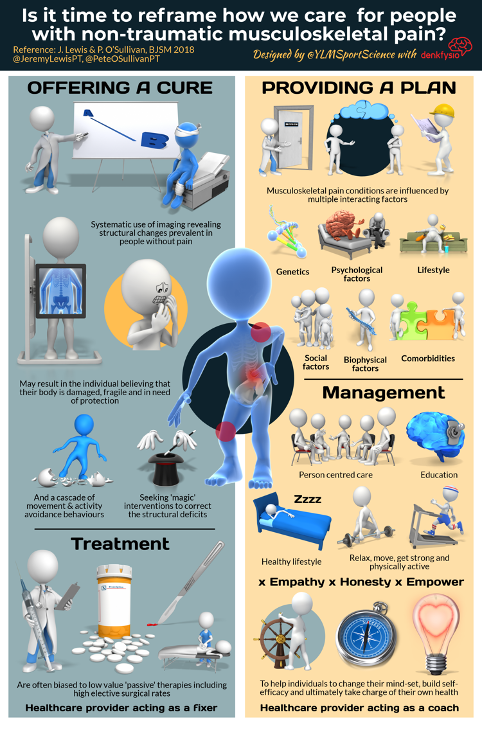On last week’s episode, crowd favourite Dr Alex Hutchinson PhD returned to discuss the difference between effort and pain in the world of endurance. A former Canadian national team middle- and long-distance runner and Cambridge-trained physicist, Alex is an award-winning author and columnist who writes for Outside magazine and The Toronto Globe and Mail. Alex explores some of the science of suffering and how we can maximise performance by understanding how we perceive and react to painful stimuli. This podcast has some great nuggets for everyone keen to maximise their performance; from weekend-warriors to elite athletes, and those who are helping others to get there.
What do we think are some of the biggest lessons from this podcast?
We know that that at time of exertion, the sensation of exercise can be difficult, painful and exhausting. Indeed, many of us struggle to find the light when they enter the very dark pain cave, whether elite or weekend warrior. Dr Hutchinson makes a case that we tend to assume pain is holding us back or slowing us down. We know that pain is the unpleasant nociceptive feedback from your muscles. Effort is the struggle to continue against a mounting desire to stop.
- Several researchers have described athletes as ‘benign masochists’ – those who don’t ordinarily enjoy suffering, but they get a satisfaction from pushing hard and feeling that sense of familiar sense of discomfort. How you respond mentally shapes how your body responds physically.
- For example, if you were to go all out for a few laps on the track, your body will send signals that it’s getting uncomfortable. You have a choice – see this as a signal to ease off and slow down, or as a signal that you are pushing your limit, a feedback mechanism, and aiding future learning.
- As an elite long-distance runner, Dr Hutchinson suggested he was oblivious to any distinction between pain and effort – a mechanistic view of his limits and simply an index of how close he was pushing to his physical limits. If the pain got really bad, he assumed that was as hard as he could go. As he reflected, he realised it didn’t make sense. He would have the same pain for a great performance as a poor performance, though assumed to go faster, he would have to get fitter.
- There’s a perception that the big difference in the mental approach of elite athletes and weekend warriors is that elite athletes can withstand suffering more. It’s not the sole reason, but there’s a kernel of truth to it. Prior research shows that both groups have roughly the same pain threshold, though elite athletes have higher pain tolerance and can tolerate the greatest amount of pain when they are closest to peak performance. Link to Scott and Gijsbers (1981) study into pain perception of competitive swimmers: https://www.ncbi.nlm.nih.gov/pmc/articles/PMC1506102/
- To make the jump to cope with the demands at the elite level, there is some evidence that mindfulness training can push you in right direction.
- When you believe pain is useful (to performance) you can tolerate more. This neural pathway recruits endogenous neurochemical assist. If you can frame this as an indicator as something useful, pain can become an indicator to push you to achieve your goals. Link to O’Leary et al (2017) study of how repeated exposure to a high-intensity training stimulus increases muscle pain tolerance: https://link.springer.com/article/10.1007/s00421-017-3708-8
Want to learn more about the science of suffering? Follow @Sweatscience on Twitter and check out his book Endure: Mind, Body, and the Curiously Elastic Limits of Human Performance.
Want more resources on the science of suffering and how we can maximise performance by understanding how we perceive and react to painful stimuli?
Within the BJSM community we are lucky have to have a plethora of resources on pain management on tap! Enjoy and let us know how you have incorporated the lessons from this week into your clinical practice!
Infographic. International Olympic Committee consensus statement on load in sport and risk of injury: how much is too much? https://bjsm.bmj.com/content/50/17/1042

Infographic. International Olympic Committee consensus statement on pain management in athletes: non-pharmacological strategies. https://bjsm.bmj.com/content/53/12/785

Infographic. Is it time to reframe how we care for people with non-traumatic musculoskeletal pain? https://bjsm.bmj.com/content/52/24/1543

Author and Affiliations:
Blog by Jonny Elliott, Junior Doctor based in Belfast, Northern Ireland Representative Undergraduate Sports & Exercise Medicine Society (USEMS).